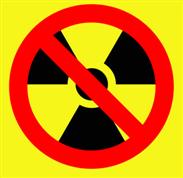  ; ;
|
  ; ;
|
630-836-1918
HOW TO LOWER THE RADON LEVEL IN YOUR HOME
Since there is no known safe level of radon, there can always be some
risk. But the risk can be reduced by lowering the radon level in your
home.
There are several proven methods to reduce radon in your home, but the one primarily used is a vent pipe system and fan, which pulls radon from beneath the house and vents it to the outside. This system, known as a soil suction radon reduction system, or active sub slab depressurization, does not require major changes to your home.
Sealing foundation cracks and other openings makes this kind of system more effective and cost-efficient. Similar systems can also be installed in houses with crawl spaces. The right system depends on the design of your home and other factors.
Ways to reduce radon in your home are discussed in the EPAís Consumerís
Guide to Radon Reduction. You can get a copy from your state radon
office,
or view it online at
Radon:
A Consumer's Guide to
Radon Reduction, How To Fix Your Home.
Cost of the Fix
The cost of reducing radon in your home depends on how your home
was built and the extent of the radon problem. Most homes can be fixed
for
about the same cost as other common home repairs. The average house
costs about $1,200 for a contractor to mitigate, although this can range from
about
$800 to about $2,500. The cost can be less if a passive system was
installed
during construction.
We make your home HEALTHIER!
Lori Z ( Woodridge): I wanted to say thank you to Mike and Jimmy for the amazing service while installing our radon mitigation system. I truly appreciate the fantastic customer service.